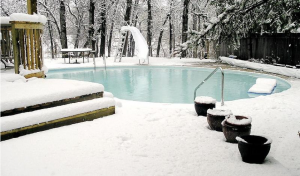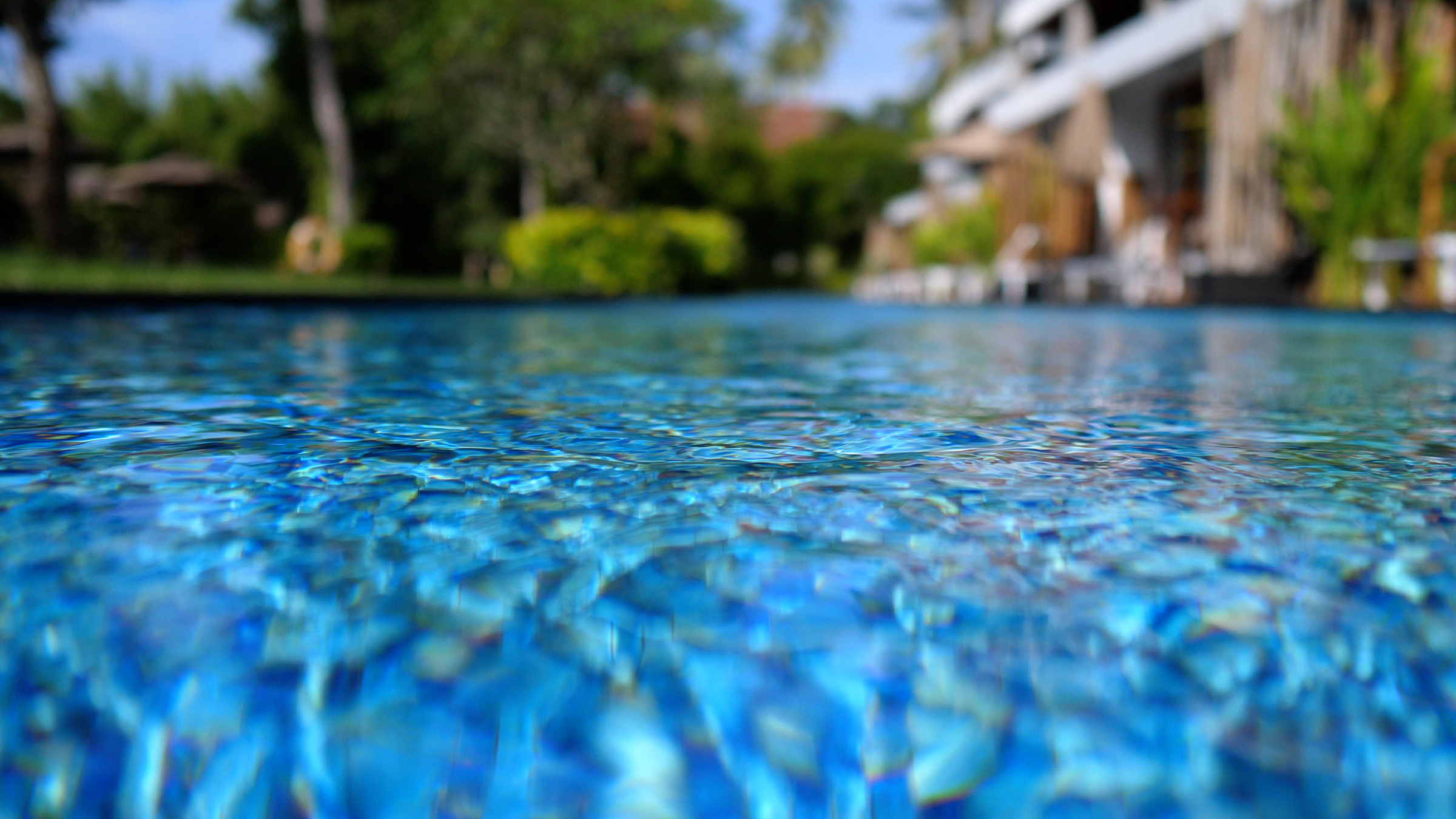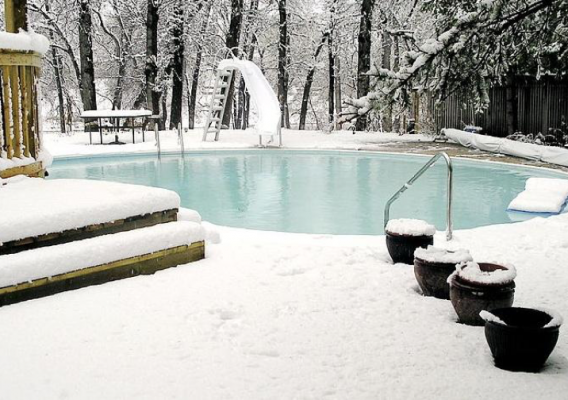 It is important follow these recommended pool closing tips to avoid damage to your pool and equipment during the winter. Save time and money in the spring by following a few simple steps in the fall. You’ll want to close your pool at least a few weeks before you could experience a damaging freeze, which may vary depending on the climate in your area.
It is important follow these recommended pool closing tips to avoid damage to your pool and equipment during the winter. Save time and money in the spring by following a few simple steps in the fall. You’ll want to close your pool at least a few weeks before you could experience a damaging freeze, which may vary depending on the climate in your area.
The first thing you’ll want to do is balance the chemistry of your pool, adjusting chlorine, pH, alkalinity and hardness to the proper levels. Check out this post Why You Must Balance Your Water When Closing Your Pool for more information on the importance of pool chemistry, even when closing for the winter.
Once your pool water chemistry is balanced you’ll need to shock the water with a strong sanitizing shock, either chlorine or non-chlorine but not the type of shock that allows immediate swimming as this will not be strong enough for a winter closing. Add your winterizing algaecide next for help in preventing algae growth over the winter.
Clean and Drain Your Pool for Winter Closing
You should always clean your pool thoroughly on the day of closing so that no more debris will accumulate and your pool is clean when you close it. Use the vacuum to sweep the pool and skim the top to remove leaves and debris. You can now lower your water level to the proper level depending on the type of winter cover you have. If your winter cover is a mesh cover you’ll want to lower the water at least 12 to 18 inches below the skimmer line, for a solid floating cover the water should be lowered to 3 to 6 inches below the skimmer line. Be sure to drain an inground pool from the main drain to get below the skimmer line.
You can now remove any auxiliary equipment such as ladders, baskets or decorative fittings, and begin to drain all equipment. Your pool pump and any filters, chlorinators or heaters must be completely drained of water to protect against freezing during the winter. Winterize the plumbing by using a shop vacuum to blow out the skimmer and main outlet pipes, plug with expansion plugs and add some pool antifreeze to the pipes to prevent any water left over from freezing and damaging the plumbing.
Remove the skimmer basket and return jets, and pour some pool antifreeze above the skimmer plug. You can also put a plastic bottle or a piece of Styrofoam in the skimmer basket to absorb the shock of water freezing and thawing which will protect the skimmer from freeze damage.
Now it is time to cover you pool according to manufacturer directions. A solid floating cover should fit well without gaps that would allow debris to get into the pool over the winter. These tarp covers are not safety rated for children or pets, and can pose a real danger of drowning. Never leave children unattended around your pool, even when it is closed. Swimming pool safety covers that anchor tightly to the ground provide added protection against drowning.
Learn more: How to Close Pools for Winter: Complete Guide, Tips, and Step-by-Step Instructions
The Swimming Pool Store offers pool closing services from professional and experienced pool technicians, ensuring that your pool and equipment will be winterized properly and protected against freeze damage during the winter. Contact us today to schedule your pool closing and ask about our Pool Closing Special to receive a discount!


